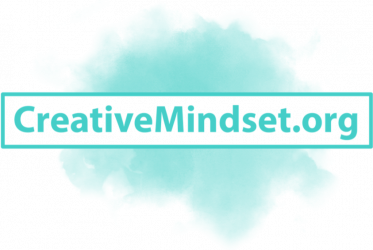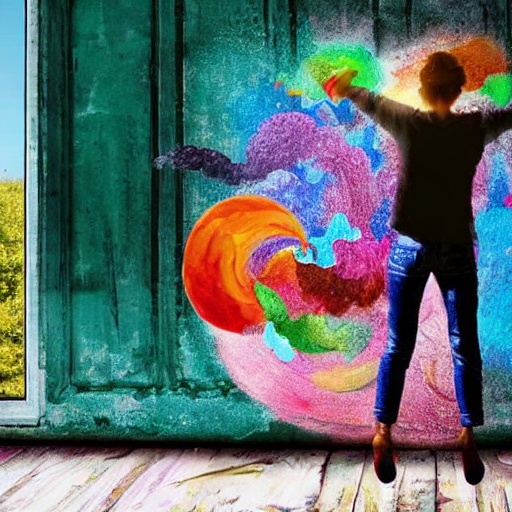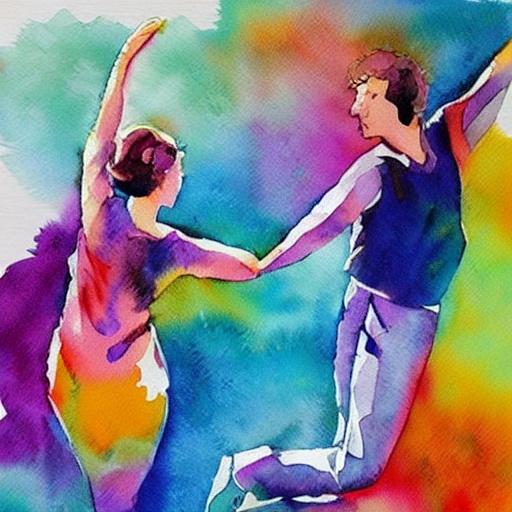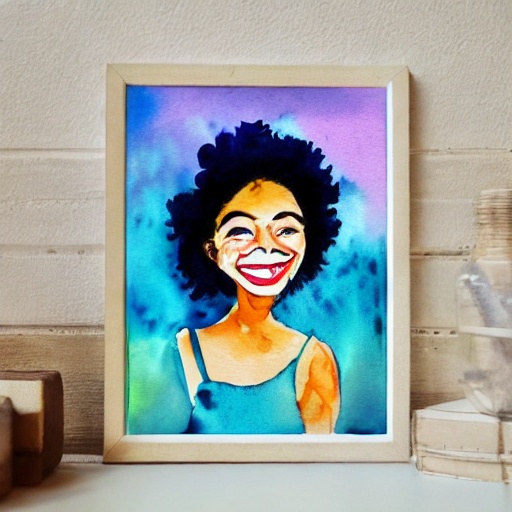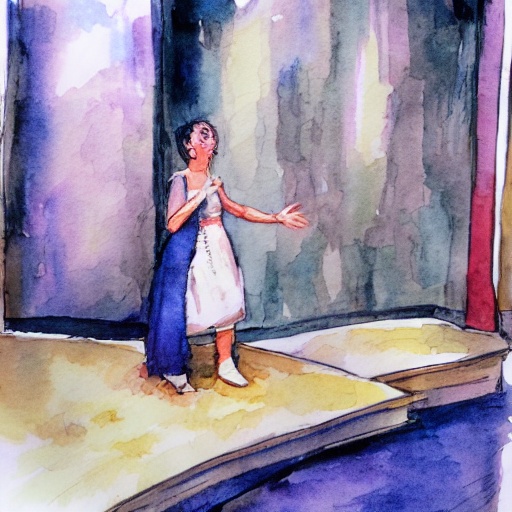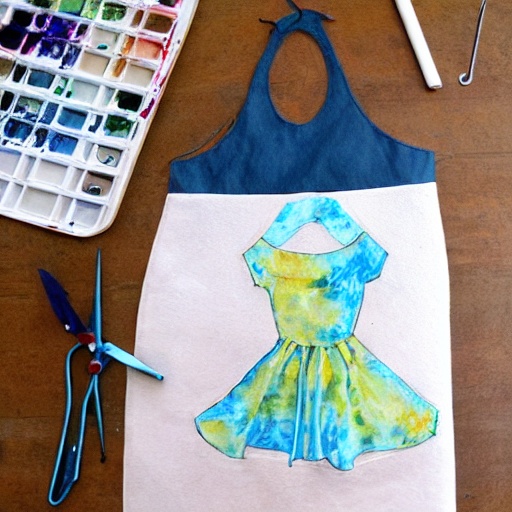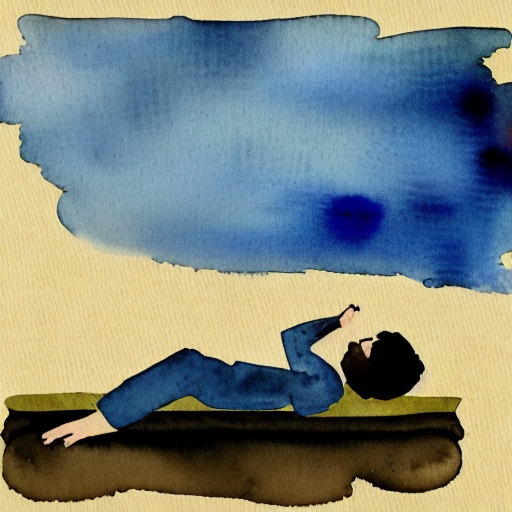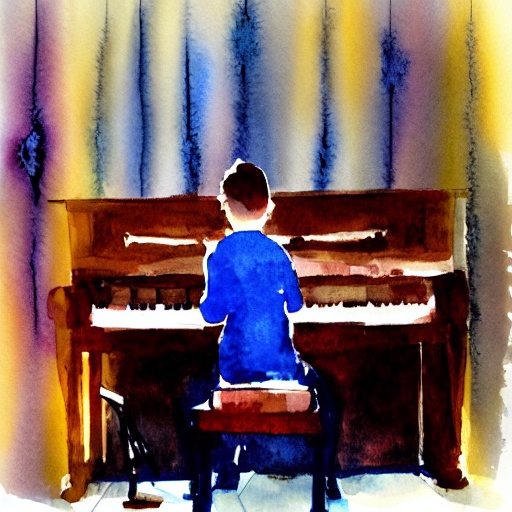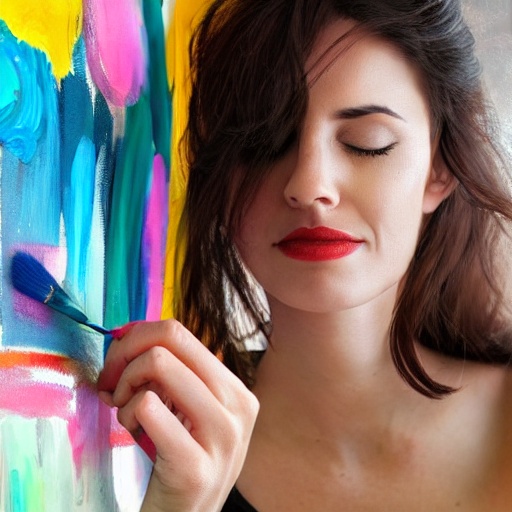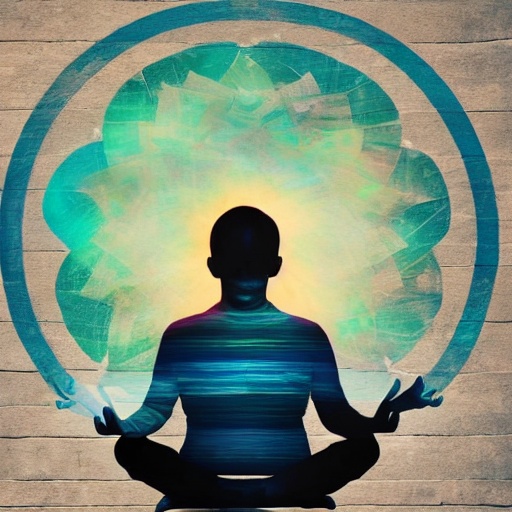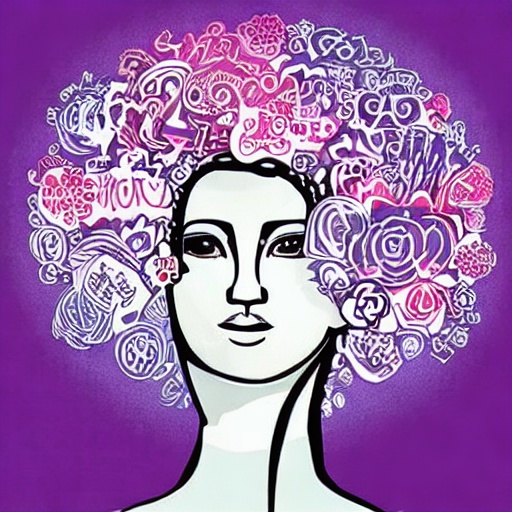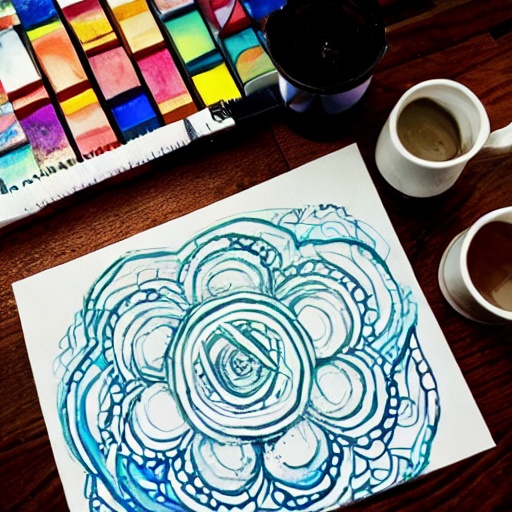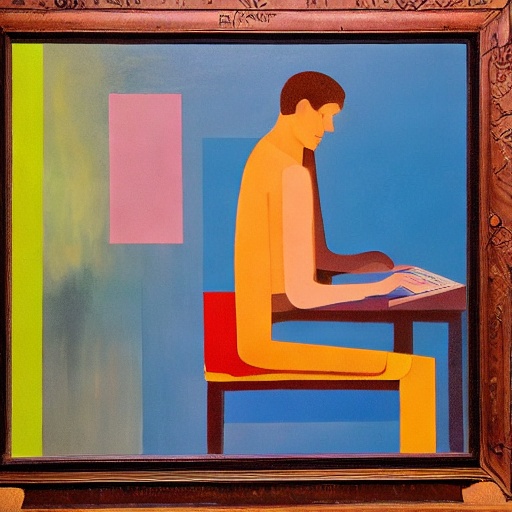
We are constantly surrounded by sound, from the gentle hum of a gentle breeze to the pounding of a heavy metal concert. It affects our moods, brings back memories, and shapes our worldview. The sounds we hear have a significant impact on our lives.
The significance of sound in human life stems from our biology, culture, and personal experiences. Our auditory system can detect a wide range of frequencies and amplitudes, allowing us to perceive a wide range of sounds. Simultaneously, our cultural upbringing and personal experiences shape how we interpret the sounds around us, imbuing them with meaning and significance.
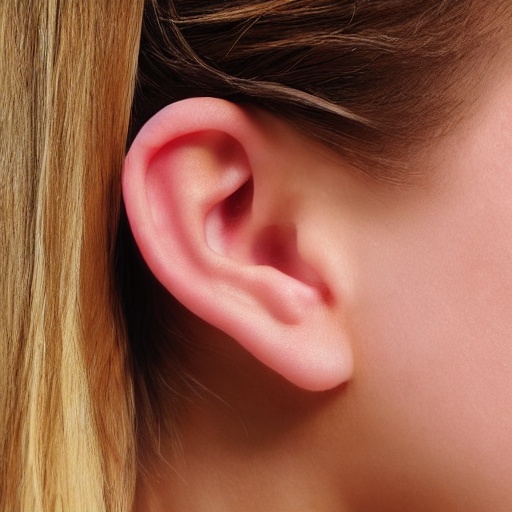
The Auditory System and the Brain: Sound Perception Biology
Sound perception biology is critical to our ability to derive meaning from sound. Our auditory system is a complicated network of organs and tissues that collaborate to detect and process sound.
The auditory system is divided into three sections: the outer ear, the middle ear, and the inner ear. The outer ear, also known as the pinna, is the visible portion of the ear on the side of our heads. Its primary function is to collect and direct sound waves into the ear canal.
The middle ear is located behind the eardrum and is made up of three small bones known as ossicles: the malleus, incus, and stapes. The ossicles serve as a bridge between the eardrum and the inner ear, amplifying and transmitting sound waves to the inner ear.
The cochlea, or inner ear, is a snail-shaped organ responsible for converting sound waves into electrical signals that the brain can understand. Hair cells in the cochlea move in response to sound waves, producing electrical signals that travel to the brain via the auditory nerve.
The auditory cortex processes and interprets electrical signals from the inner ear once they reach the brain. This part of the brain is in charge of analyzing sound, determining its source and location, and integrating it with other sensory data to form a coherent picture of our surroundings. The auditory cortex is also in charge of speech recognition and processing, which is an important part of how we derive meaning from sound.
Over time, the auditory system has evolved to better meet the needs of various species. Humans have a highly developed auditory system that allows us to detect a wide range of frequencies and amplitudes as well as discriminate between different sounds with great precision. This is especially true for speech recognition, which is an important part of how we derive meaning from sound. The auditory system of other animals has evolved to meet their specific needs, such as detecting high-frequency sounds for navigation or low-frequency sounds for communication.

Sound And Meaning: Cultural Influences
Sound is more than just a physical phenomenon; it is heavily influenced by culture and individual experience, such as language, music, and art.
Language has a significant impact on how we perceive sound. The sounds we learn to associate with specific words and meanings are cultural and linguistic in nature. The sound of a car horn, for example, is perceived as a warning signal in many cultures, but it may have a different meaning or be used differently in others.
Language has been shown in studies to influence our perception of sound. In one study, speakers of two different languages were asked to distinguish between two speech sounds that sounded similar. The findings revealed that speakers of each language were better at distinguishing between sounds that were distinct in their native language but not in the other. The sounds that are meaningful in our language shape our perception of sound.
Music has a big influence on how we perceive sound. Music is made up of sounds that are organized in a specific way to elicit specific emotional responses. This sound organization is unmistakably cultural, varying not only across cultures but also across historical periods. Traditional African music is often based on rhythm and melody, whereas Western classical music is typically based on harmony.
Aside from music, the movies, television, and advertising we are exposed to shape our perception of sound. The sounds we hear in these situations are carefully designed to evoke a specific emotional or psychological effect, such as suspense, excitement, or calm.
Sound has different meanings in different cultures and historical periods. The sound of a gong, for example, may have been used in ancient cultures to signal the start of a battle, whereas in modern cultures it may be used in meditation or yoga practice. Similarly, in the nineteenth century, the sound of a train whistle may have been perceived as a symbol of progress and modernization, whereas today it may be perceived as a reminder of environmental degradation.

The Impact of Personal Experience on Sound Meaning.
Personal experience is important in shaping the meaning we assign to sound. Our personal experiences influence our perception of sound in a variety of ways.
Memory and emotion are important in shaping our perception of sound. Sounds associated with strong emotions, such as a mother’s voice or a song from a special occasion, can elicit strong memories and emotions.
According to research, the amygdala, a small almond-shaped structure in the brain, is important in processing emotional information and connecting it to memory. The amygdala sends a signal to the auditory cortex, which processes the sound, and the hippocampus, which stores the memory, when we hear a sound associated with an emotional memory. This link between sound, emotion, and memory aids in the reinforcement of the meaning we assign to the sound.
Our perception of sound is shaped by our early childhood experiences. The sounds we hear as children shape our perception of what is and is not normal. A child who grows up in a noisy city, for example, may have a different perception of what is considered loud than a child who grows up in a quiet rural area.
Early exposure to sound has been shown in studies to have a significant impact on the development of the auditory system. One study, for example, found that infants who received musical training at a young age had a better ability to discriminate between different musical sounds than those who did not receive musical training.
Our personal interests and preferences influence how we perceive sound. A person who is passionate about music, for example, may have heightened sensitivity to musical sounds and be able to distinguish between different musical styles, whereas someone who is not interested in music may not.

The Social Implications of Sound Meaning.
Sound plays an important role in our lives and has far-reaching societal implications.
Many fields, including architecture, urban planning, and product design, value sound design. In architecture, for example, sound design is used to create acoustically balanced, comfortable, and functional spaces. Sound-absorbing materials, such as carpeting and wall panels, are used by architects to control sound in spaces and prevent unwanted noise from disrupting the environment.
Sound design is also used by urban planners to create livable and functional environments. They may, for example, use sound barriers to mitigate the impact of traffic noise on residential areas. Sound design is used in product design to create aesthetically pleasing and functional products, such as alarm clocks that emit a gentle and soothing sound.
Sound is also used to communicate, manipulate, and control people. Advertisers, for example, use sound to connect emotionally with their target audience, such as by using a cheerful jingle to promote a product. Political leaders manipulate public opinion by using sound, such as powerful speeches to rally support.
Noise pollution is a growing issue in many cities, and it can have a significant impact on our ability to interpret sound. Loud and continuous noise exposure can cause hearing loss, stress, and decreased cognitive function.
Noise pollution has been shown in studies to interfere with our ability to process and understand speech in noisy environments. For example, one study discovered that noise pollution can cause brain changes that make it difficult for people to understand speech in noisy environments.
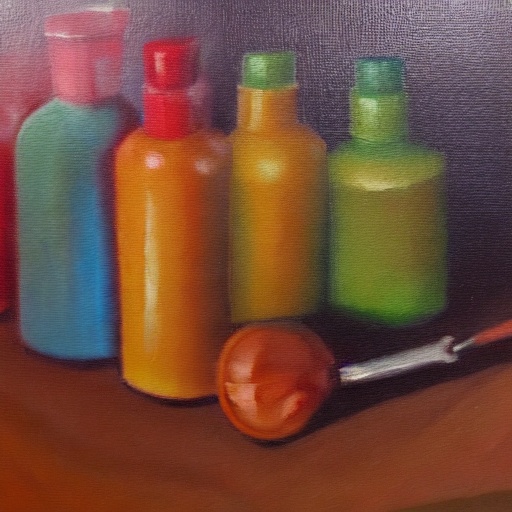
The ability to derive meaning from sound is a multi-layered process involving biology, culture, and personal experience. There is a lot that goes into how we understand and interpret the sounds we hear in our daily lives, from the intricate anatomy of the auditory system to the cultural influences that shape our perceptions of sound. By investigating these various factors, we gain a better understanding of the rich and diverse world of sound, as well as the numerous ways in which it influences and shapes our experiences. Sound continues to play an important role in our lives, whether through music, language, or the sounds of our surroundings, and it is up to us to understand and appreciate its many facets.
If you liked this article, please share it!

